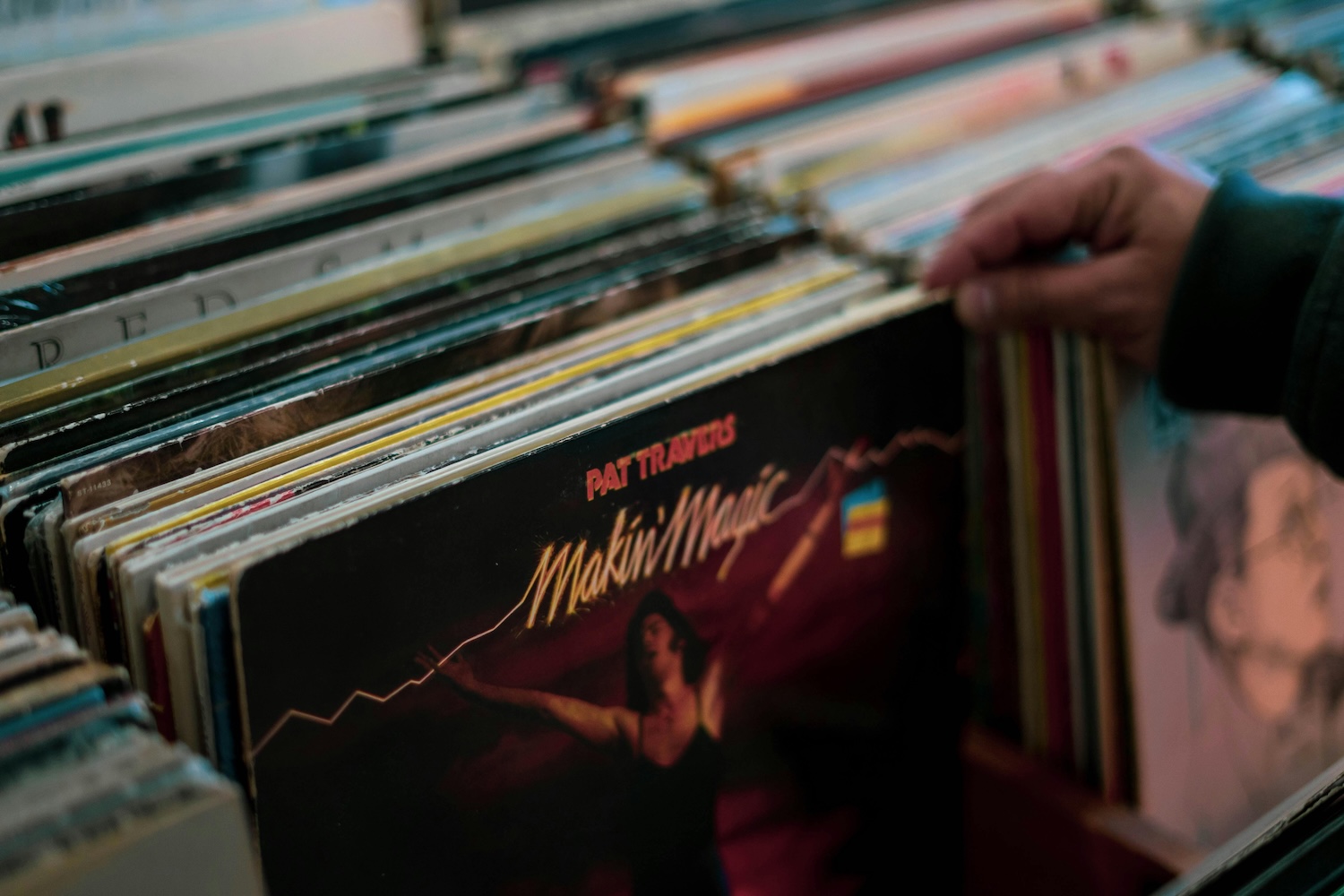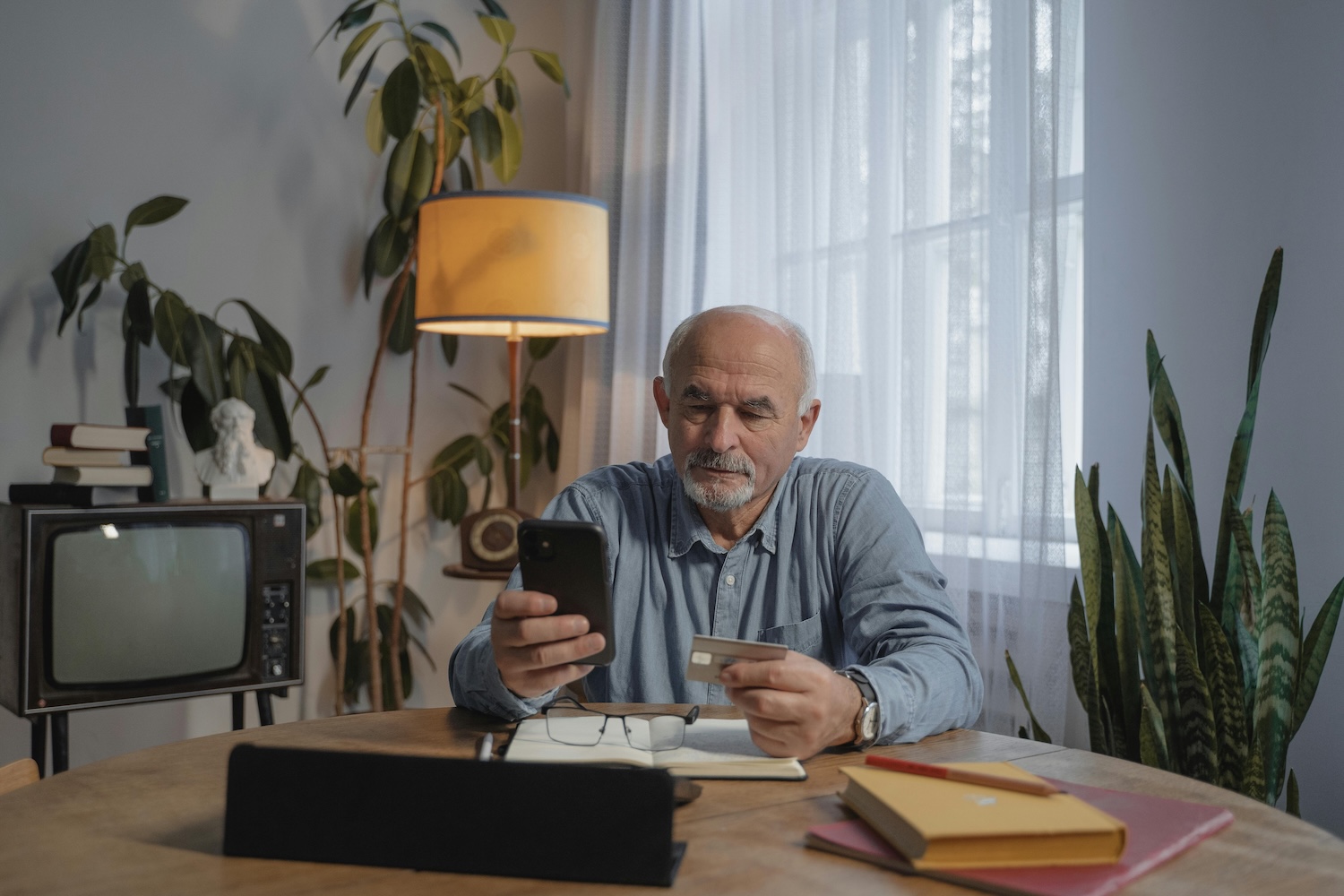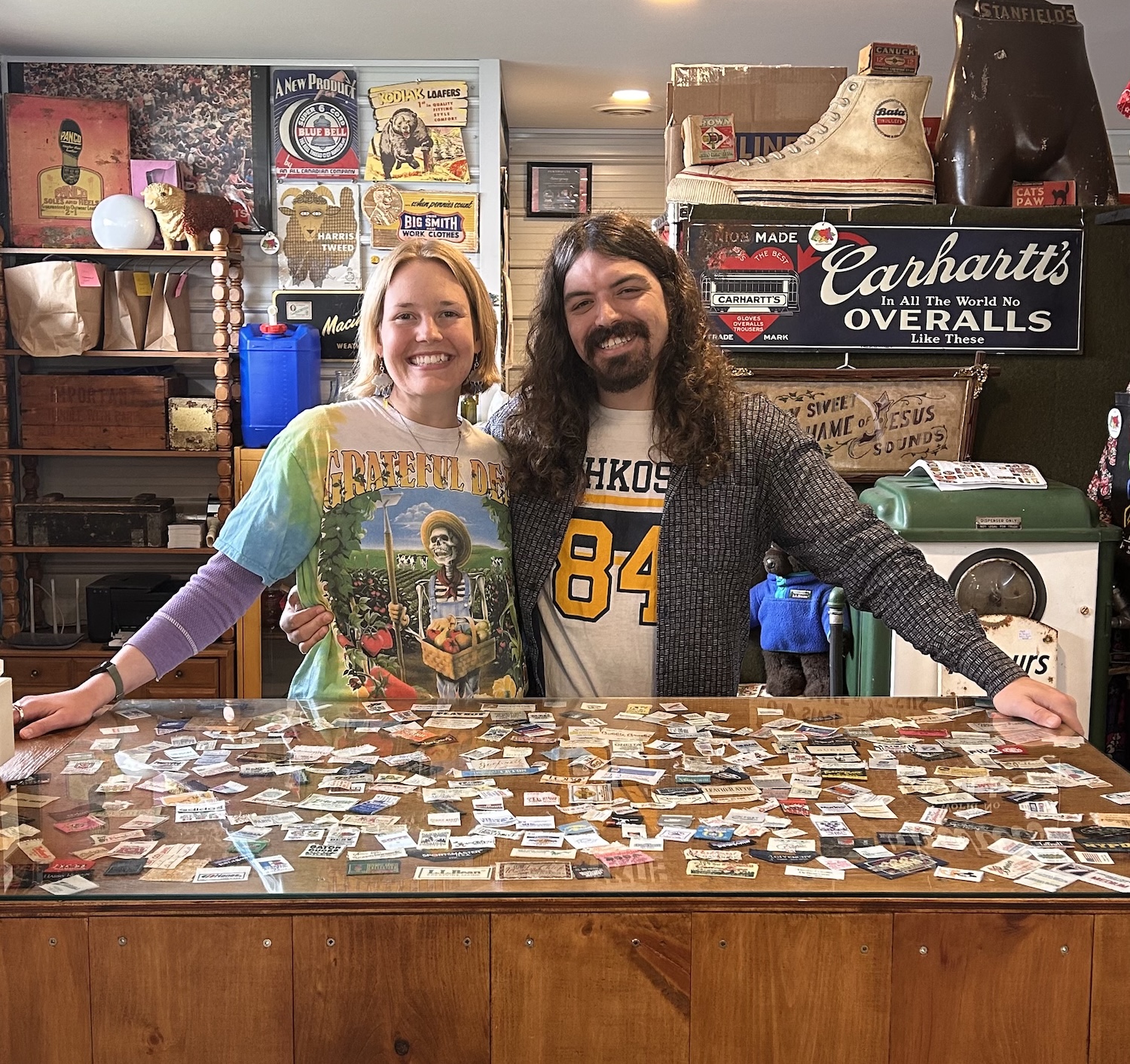
11 secrets to shopping for vintage on Instagram
We dive into why vintage resellers use social media to sell, how to conduct financial transactions on the platform and some savvy secrets to vintage shopping on Instagram
Have you ever been scrolling Instagram and noticed vintage shops selling their items directly on the platform?
Maybe you’ve been interested, but don’t know how to keep on top of who is selling what and when. Maybe you’re a little nervous about exchanging financial information over a social media platform. Or maybe you’ve done it tons of times and are a pro, but you’re here looking for some fresh tips.
We’ve got you! First, let’s look at why vintage sellers use this social media platform as a place to sell.
Why Instagram?
There are plenty of places to shop for vintage online, including via e-commerce marketplaces and on vintage store websites. But social media allows vintage and pre-loved goods sellers to connect directly with their customers. It’s also a free to low-cost way to market their products.
Facebook and Facebook Marketplace are both popular places to sell, and TikTok is huge for brand awareness.
Instagram, on the other hand, doesn’t quite have the same viral impact as TikTok, or the same search and marketplace capabilities as its sister Facebook. Nor does it have as robust a shopping experience as a dedicated e-commerce platform like Etsy. So why is it such a magnet for sellers?
Instagram’s origins as a photo-sharing app has made it especially suited to showcasing vintage products. The platform is highly visual — moreso with its more recent emphasis on video.
It’s also a community-driven platform, and there are many #vintagecommunity niche pockets all over the app depending on what kind of vintage you’re interested in: #vintagestreetwear, #vintagepyrex and #retroclothing are just a few.
Resellers on Instagram connect directly with their customers through feed and Stories and forge relationships with them in a way that is unique to the platform.
How vintage sellers use Instagram
Direct-to-consumer
Vintage sellers use Instagram to sell directly in feed posts, Reels and Stories. They’ll upload an item or collection of items and include relevant details in the caption, including item description and how to buy.
Payments happen off via bank e-transfer, PayPal or Venmo, with transactions usually being initiated via direct message (DM).
Just like on Etsy, payment happens before a buyer receives an item (pickup, delivery or shipping may vary depending on the seller). Unlike on Etsy, transactions conducted direct-to-consumer aren’t protected in the event of fraud or loss.
Every buyer’s comfort level differs when it comes to purchasing items directly on Instagram. Reputable sellers will have their purchase/transaction information listed and a thorough plan for how you will receive your item. If you’re concerned, ask if they can provide you with a testimonial or customer review before you buy.
Instagram Shop
Sellers might use the in-app Instagram Shop features to highlight goods for sale. Instagram Shop creates a storefront attached to the seller’s profile with product images and details. Items can be grouped into collections, and each item receives a description and product detail.
Products can be tagged in posts so that users scrolling their home feed can tap the item and get transferred directly to a seller’s Instagram Shop page. Unless a seller is located in the U.S. and can use the native Instagram Checkout feature, payment through Instagram Shop occurs either through DMor offsite (e.g., if a seller links their profile out to their own website or Etsy shop).
If a buyer is able to use the Instagram Checkout feature, it means the app collects the payment and forwards it on to the seller. That way, if there is a loss or damage to the item purchased, or a fraudulent transaction, Instagram’s Purchase Protection Policy covers it under $2,000. Some exemptions apply.
Secrets to shopping on Instagram
Since buying vintage generally means the products are one of one, there’s a sense of urgency to score the best vintage pieces on social media.
There are a few tricks to vintage shopping on Instagram. As a buyer, here’s what you should do to score the best vintage clothing, vintage decor, vintage furniture and vintage collectibles.
1. Turn on notifications.
If you have some favourite sellers and want first dibs on their next drop, turn on Reel, post and/or Story notifications to receive an alert when they have posted something new. The app can also notify you any time an account goes live, so you can keep on top of sellers’ live sales.
Keep an eye on Stories especially, as they are where sellers engage with their biggest fans and customers — that’s often where you’ll hear the first announcement about upcoming sales, discounts, giveaways and events.
How: Go to a seller’s profile, click the bell in the top right corner and choose which notifications to receive.
2. Save, save, save.
Saving images helps with engagement, which is good for sellers. But it’s also good for buyers — showing Instagram that you like a seller’s content will ensure you see more of it. You’ll be less likely to miss out on great pieces.
Saving items also keeps track of what you’re loving, like an in-app Pinterest board. Arrange items you’ve saved into themed collections, such as wish lists or inspiration images.
How: To save an item, tap the bookmark icon on the bottom right-hand corner of any post. To access saved items, navigate to your profile, tap the three bars on the top right, and choose Saved. You can organize collections there, too.
3. Follow accounts.
Seems like a no-brainer, right? But sometimes you might come across a suggested seller in-feed who seems interesting. Unless you follow them, you may not actually be able to find them again.
Trying to recall a seller without many details is like searching for a needle in a haystack with Instagram’s limited search capabilities. If you see a suggested piece you like, follow. You can always decide later if you want to stick around for their content.
How: Click a seller’s profile and tap follow, or use the button near their username in-feed.
Continued below
What markets are on this month
See all events
Continued from above
4. Turn on countdown reminders.
Sellers often conduct “drops” or host giveaways and will use the countdown sticker in Stories to remind their followers of an upcoming event or sale.
If you sign up for a countdown reminder, you’ll receive a notification when the countdown ends so you can hop into the app and shop in real-time.
How: See a countdown sticker? Tap it. You’ll be prompted to set a reminder or to share the countdown — you can do either, but “Remind Me” is the one that’s going to trigger that notification.
5. Check shop policies.
Many vintage sellers use shop policies, which are the rules a seller has set out for how to conduct business with them.
These policies might include everything from how to claim an item to how to pay for an item to shipping and delivery info. They vary from seller to seller.
Before a collection drops, pop onto their page to see if there are instructions on how to buy — the more you know going in, the more you can increase your chances of being first to claim.
Some sellers want you to comment on an item with a specific word, others want you to send a DM, others want you to use a comment box in their Stories. Whatever their preference, it’ll be either in the shop policies or in the sale instructions posted in feed or on Stories.
How: Go to a seller’s page and check their pinned posts or their Story Highlights to see if they have a shop info or a shop policies post.
6. Follow hashtags.
There are some big ones (like #shopvintage, #vintagefashion, #vintagedecor or #VintageSellersCommunity), but this is your chance to go niche.
Find your favourite local sellers and see what hashtags they use in their posts, and follow ones of interest. And don’t forget location-specific hashtags (e.g., #montrealvintage). You may come across stuff you wouldn’t have otherwise seen!
7. Know your measurements.
Clothing sizes, room sizes — keep a note on your phone you can refer to during a drop. Sometimes items go quickly, so having your measurements at the ready will help to make quicker decisions.
8. Check profiles for available items.
Sellers will often collect items that are still available from a drop in their Story Highlights, or they may use a custom hashtag you can follow. You can also click their View Shop button if they have Instagram Shop set up, and look at available listings.
How: Check Story Highlights or shop policies to see how a seller might be tracking what’s still unclaimed. If they’re using Instagram’s in-app Shop feature, you can also click the “View Shop” button on profile to see available listings.
9. Use the Instagram Shop feature.
The platform recently changed how to access Instagram Shop. As of February 2023, it’ll no longer be on the bottom navigation bar — but you’ll still be able to access it on seller profile pages, and at the bottom of posts in-feed that are using the “Shop Now” feature.
It’s an easy way to enter a seller’s Instagram storefront to see what they still have available.
How: Look for a “View Shop” button on a seller’s profile page, or a “Shop Now” button at the bottom of in-feed post. Note not all sellers have this functionality enabled.
10. Read the captions!
The captions are where all the details for these vintage items are — history, measurements, price, how to buy, description and/or history, and, importantly, disclosure of any defects or issues.
Often most of your questions will be answered right there in the description, but if not, feel free to message the seller via DM for clarifications.
Note: Not every seller conducts transactions in app. The caption will tell you if you need to visit an Etsy shop, website URL or DM to buy.
11. Schedule time to browse.
It’s easy to get stuck in a tunnel of folks you already follow on Instagram. If you’re aiming to become a serial vintage browser on Instagram, it pays to keep poking around.
Hit your Explore page, dip into seller profiles to see which shops they are following, pay attention to your suggested posts, or check our Story Highlights for some inspiration.
Hunting for vintage on social media is just like thrifting offline — the more you do it, the more you’ll turn up those incredible gems before they’re scooped up.
What are your best tips for shopping on Instagram? Let us know in the comments!
Thank you for valuing our work!
Support our work to see this page.
You’ve got a good eye, but this gem is only available for members. Register for a plan or upgrade your current one to peek behind this vintage curtain, or log in below.















